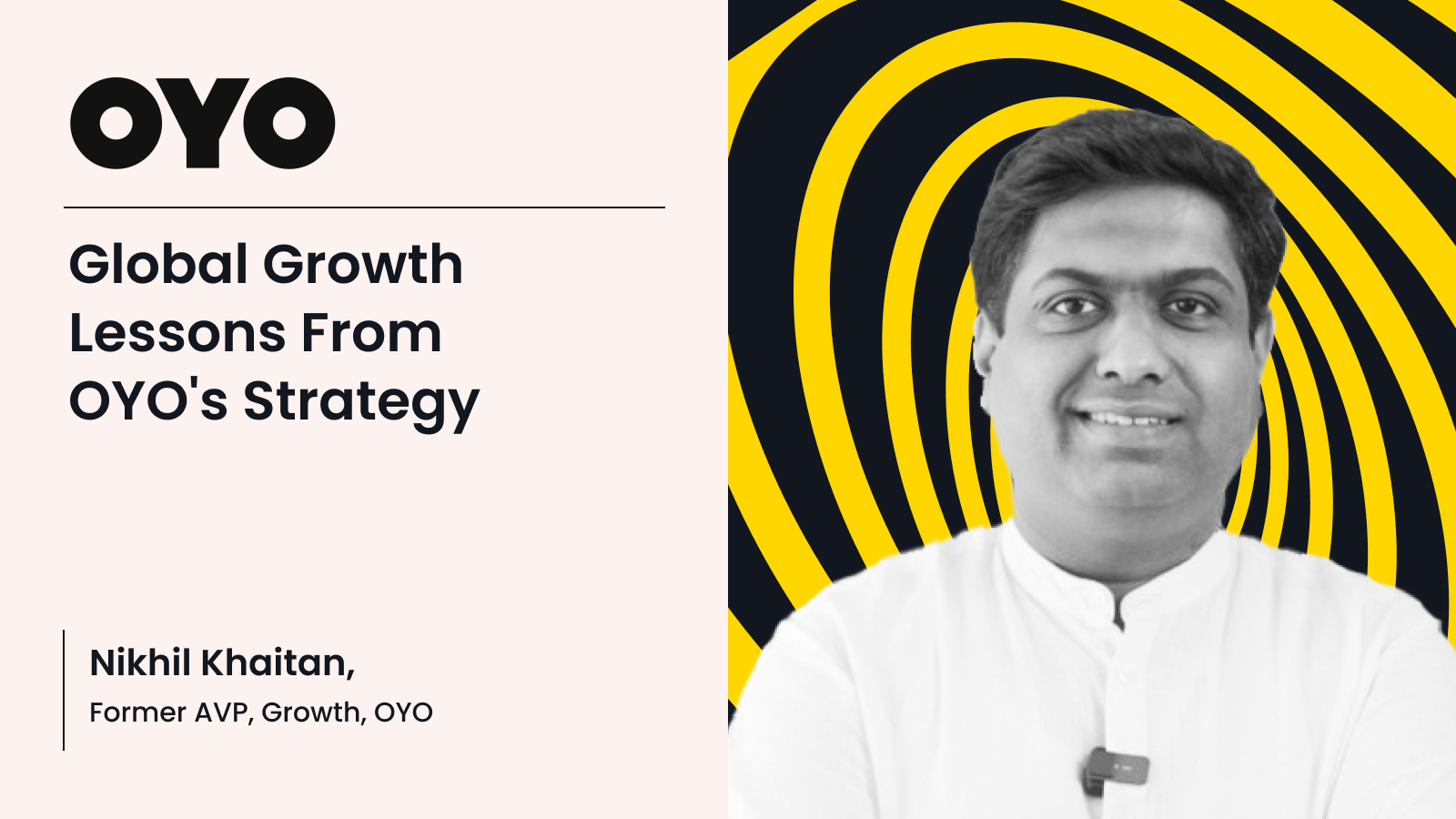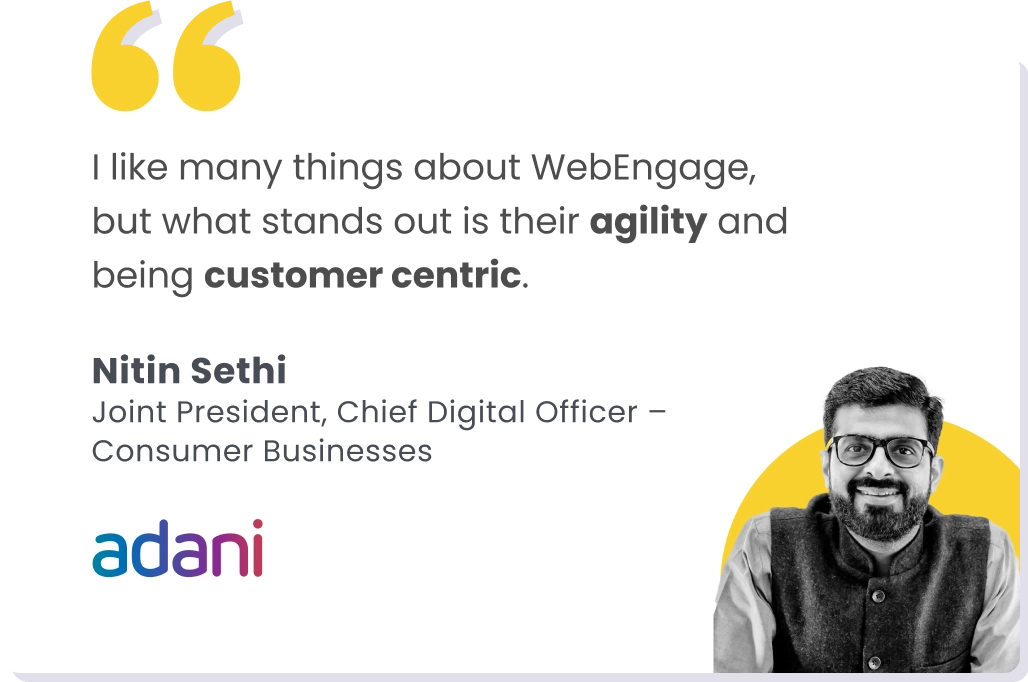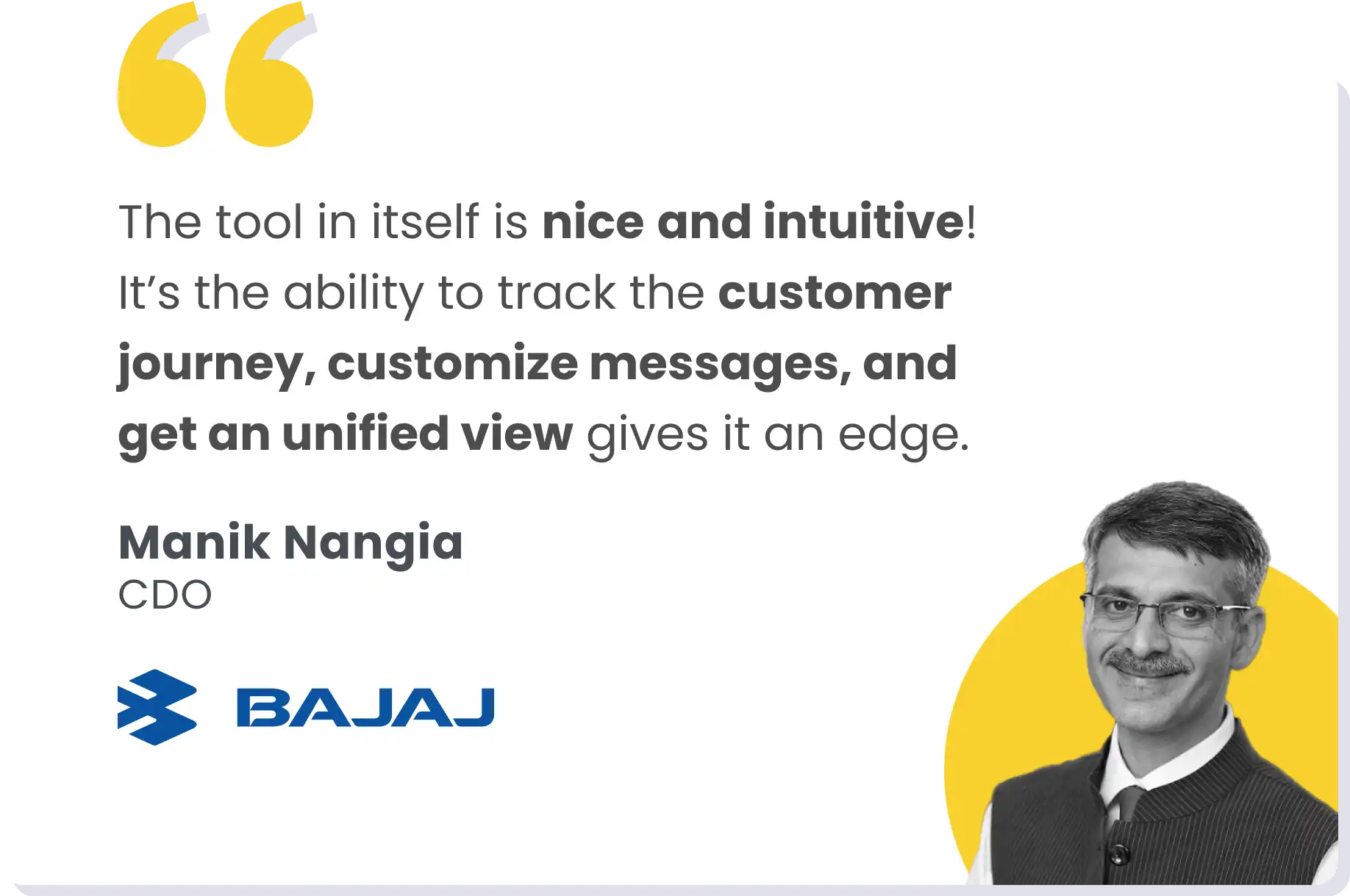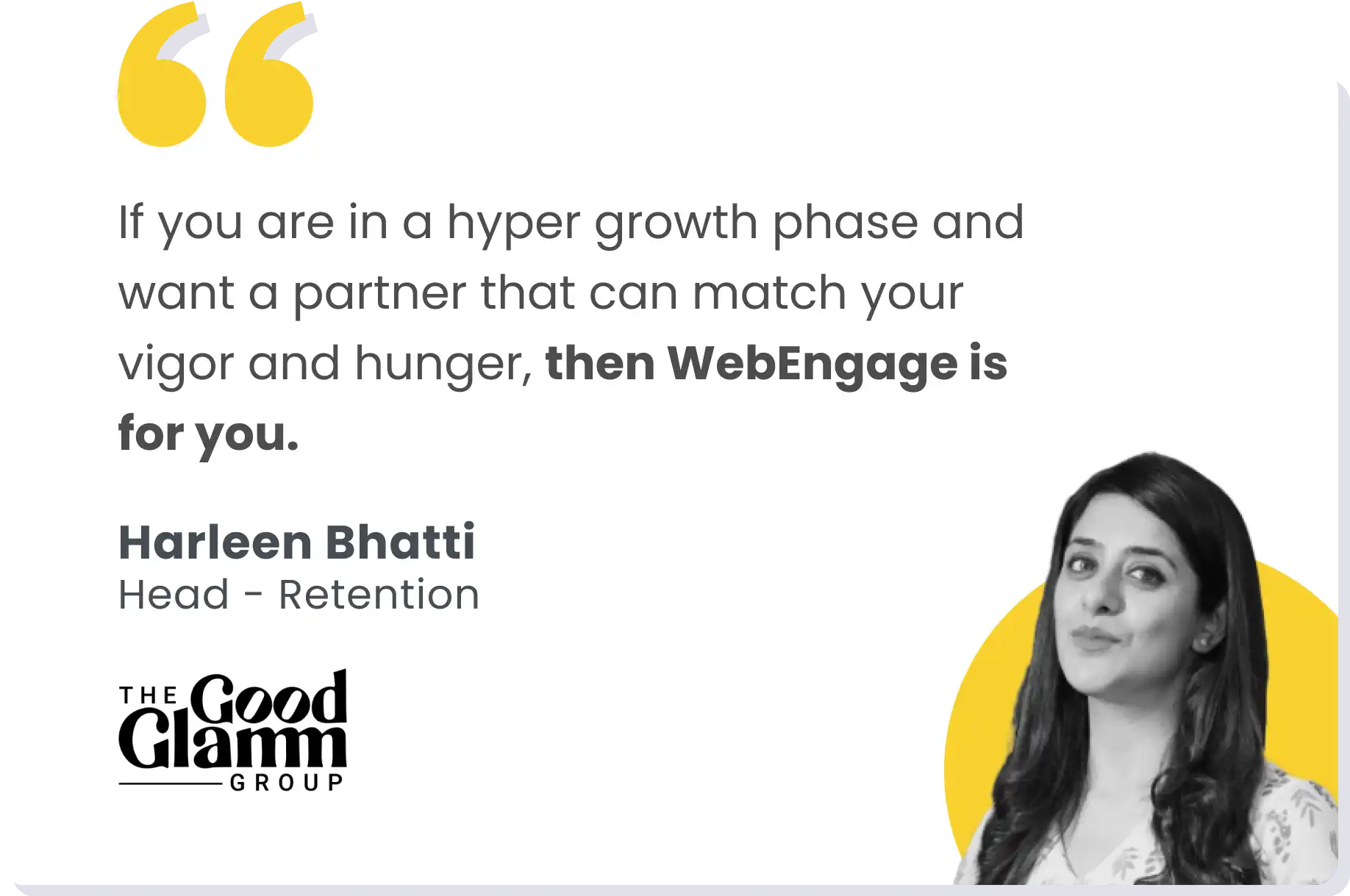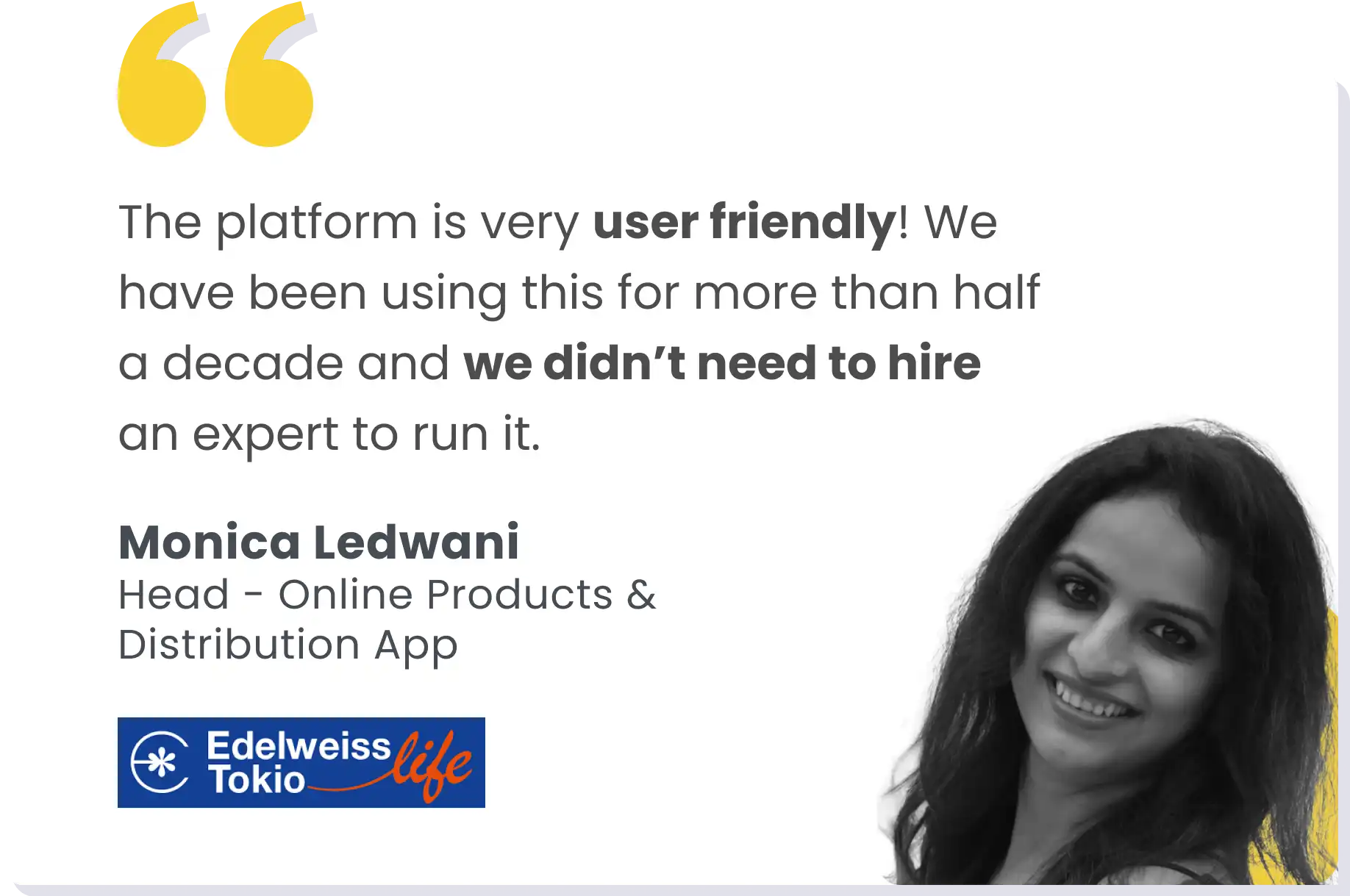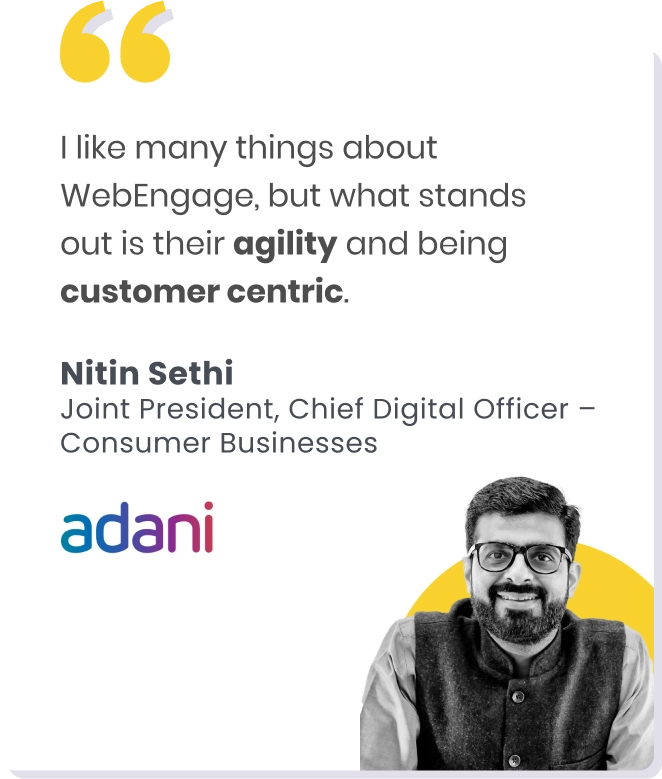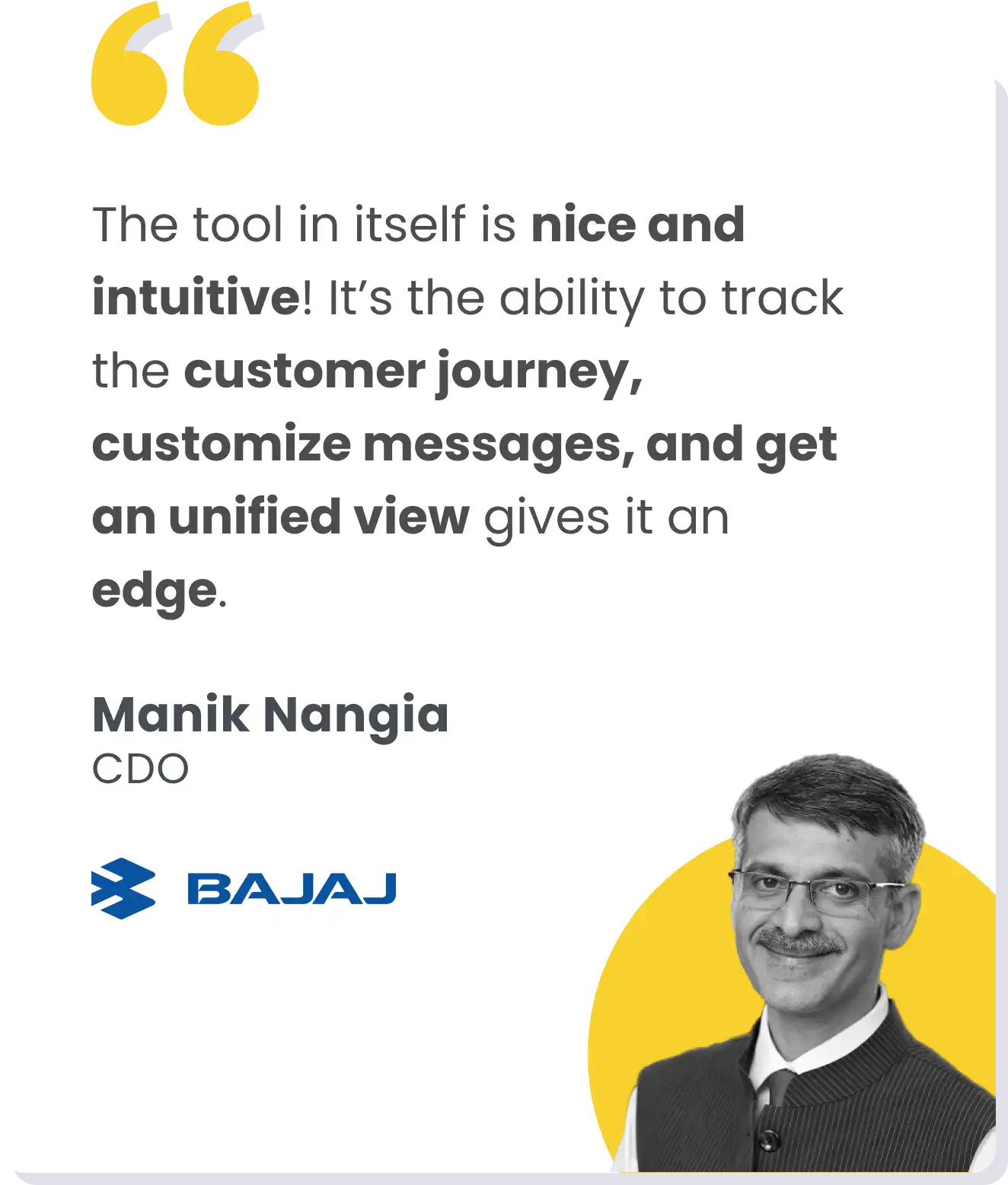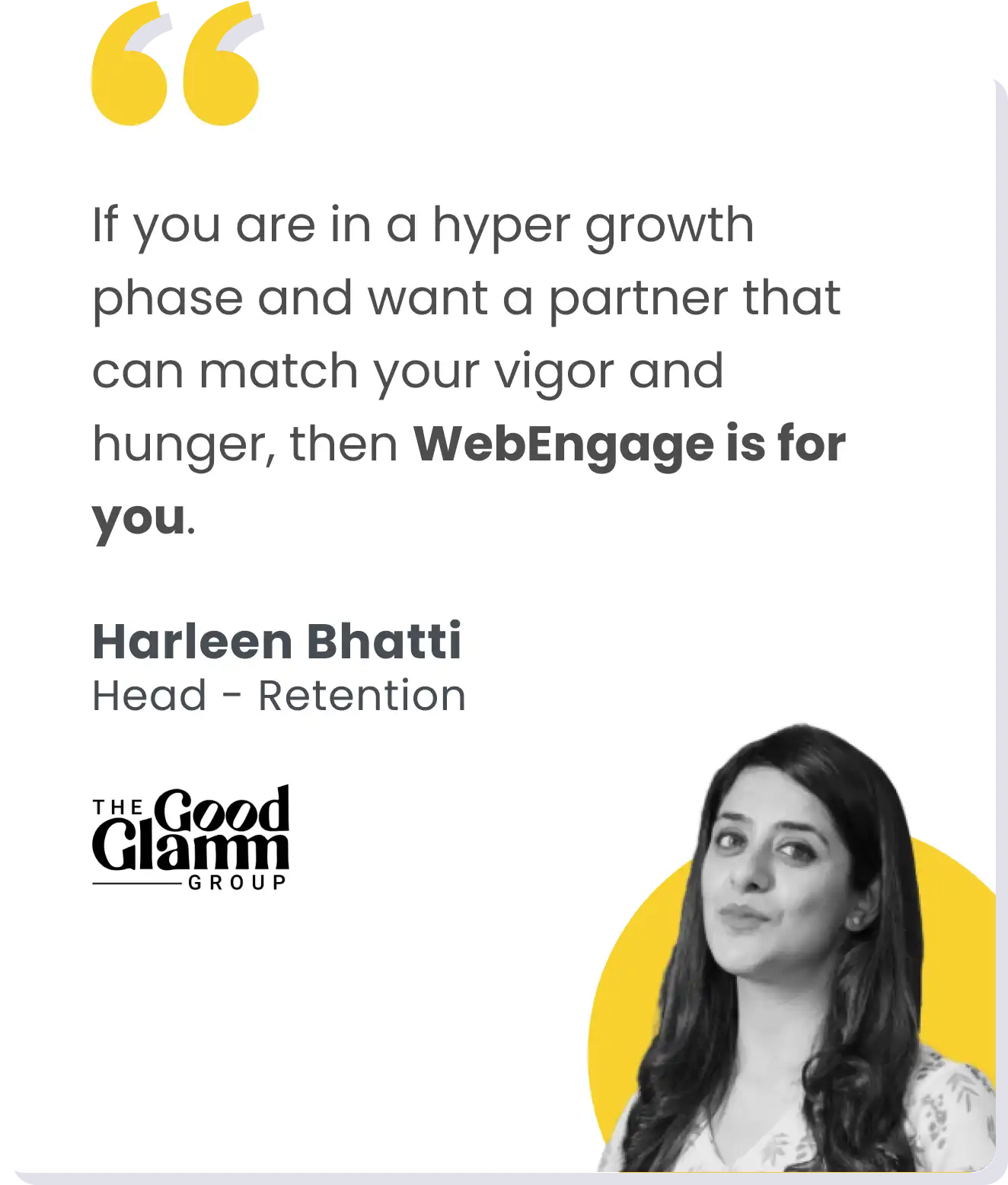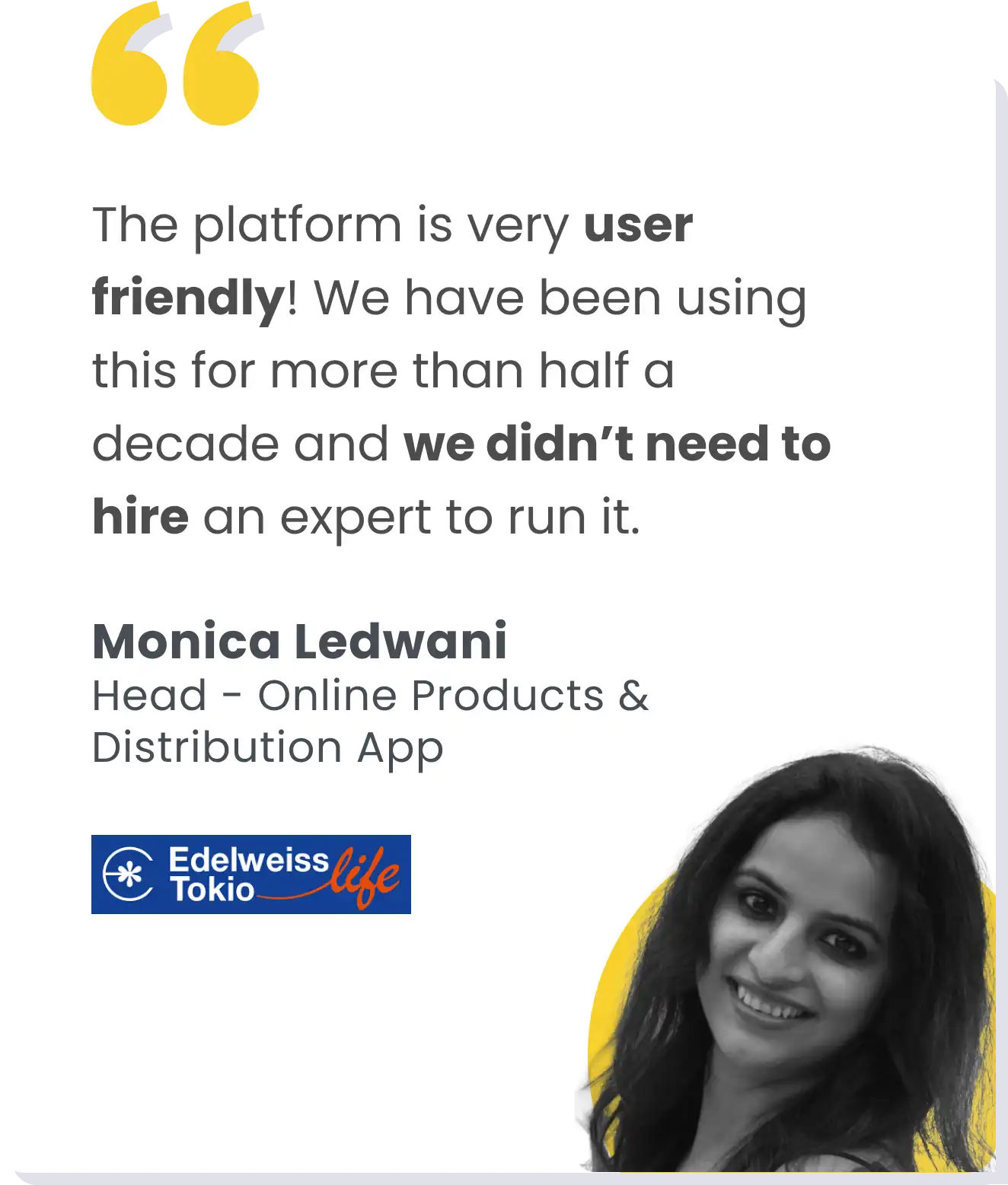Brands continuously seek innovative methods to captivate their target audience and forge enduring connections. According to a survey conducted among marketing professionals in 2022, about 51% of Indian marketers planned to spend roughly 10% of their budgets on online marketing technology.
As businesses strive to keep up with the pace of change, they face a pivotal marketing dilemma: between offline and online marketing, should they treat one as a trade-off of the other or concentrate on striking the perfect balance?
Having led Clovia for the last eight years, we have faced similar challenges and opportunities within this marketing conundrum. Here are some of my thoughts on navigating the intricacies of blending offline and online channels to devise a successful and sustainable marketing strategy that aligns with the ever-changing demands of today’s fast-paced, low-attention-span environment.
Leverage E-commerce platforms in your marketing strategy
As the e-commerce industry continues to expand rapidly, brands are presented with unparalleled opportunities to harness the power of online marketing. Today, e-commerce channels are to brand’s presence in the online ecosystem, just the large formats were/are offline. Being present gets you the eyeballs, and if your product is performing well, it also gets you profitable visibility. So, partnering with well-established platforms is a no-brainer. Recent reports reveal that fashion accounts for nearly 25% of the e-commerce industry, making it the second-largest category. This underlines the importance of fashion brands leveraging e-commerce platforms effectively.
These platforms provide brands with an expanded reach, granting them access to customers who may not have discovered the brand through traditional marketing channels. Moreover, e-commerce platforms offer the advantage of an established customer base, better supply chain scale, and enhanced reverse logistics, allowing brands to focus more on their competency of innovating on products and brand building. More so, it gets a brand what it lacks and needs most in the early days of evolution, which is a critical mass of customers to push demand & supply alike. However, the thought should always be to make money. Selling at a loss on these platforms, thinking it’s for marketing, is a bad precedent for any brand.
Amplifying brand recall through online channels
We are living in unprecedented times when getting your voice heard as a brand is extremely fast and extremely tough at the same time. Fast – thanks to the power of digital media and tough – thanks to the democracy of digital media, which allows everyone to have the same opportunity to speak out. The power of democracy is equal opportunity. If you correctly leverage digital media, your brand can stand out and have a far bigger impact for a controlled dollar spend. However, it’s critical to use the power of content to ensure your brand gets the bang for the buck while communicating your message to the restless digital customer.
At Clovia, our business involves a lot of education about your body size/shape/fit, hygiene, and products that suit your life stages. But we realized early on that education is boring. And our brand was all about using happiness as our superpower. That brought out our content strategy of keeping it fun (and sometimes funny) and cool, yet bringing the message home. The education continues but never gets boring. As a result, over 30% of Clovia’s website traffic is driven by our content across various platforms.
Synergy in online and offline marketing experiences
In this digital age, blending online and offline marketing initiatives is crucial, almost inevitable for anyone in the business of building a brand. This blend’s most critical and challenging part is ensuring the discipline of keeping your messaging consistent across channels. This is because the more channels you touch, the more content you build, the stronger your discipline has to be. You cannot have a funny side for digital and a functional side for offline. You need to have a constant brand aura, with, of course, tweaks in messaging basis the audience you are catering to.
Striking the perfect balance between offline and online marketing
The traditional way of offline marketing will never get old. It will continue to be a critical medium for communicating your brand message and building meaningful relationships with your customers – across tiers.
Digital brings additional opportunities to personalize, gather feedback, test smaller audiences, and refine your messaging. You have the potential for scalability and a data-driven approach to target specific audiences and optimize promotional efforts for maximum impact.
By integrating these two powerful approaches, businesses can create comprehensive marketing strategies that capitalize on the unique advantages of each.
In the era of 10-minute delivery, mastering the balance between online and offline is not an option anymore but a way to survive and thrive. The key is to fusion both marketing methods by picking the best of both worlds and building a brand that can stand the test of time and consistently meet and exceed customer expectations.
Pankaj highlights the importance of marrying offline and online marketing to deliver a balanced omnichannel brand experience across platforms and in-store for their customers. Take a demo today and learn how WebEngage can help you build engaging omnichannel strategies to deliver phygital customer experiences.
About the Author: Pankaj Vermani
Pankaj Vermani is the Founder and CEO of Clovia. He previously worked at Vriti Infocom as a Co-Founder and Chief Strategy Officer. He is keen on all things related to retail, technology, and consumer tech. Pankaj is an archetypal software engineer who pursued his MTech at the Indian Institute of Technology, Delhi. He is a serial entrepreneur, having started several ventures before founding Clovia in 2015 with his wife, Suman Chowdhury, a lingerie designer. Apart from being an entrepreneur, Pankaj is also passionate about theatre and has been a part of the Delhi Theatre Circle for 25 years.







